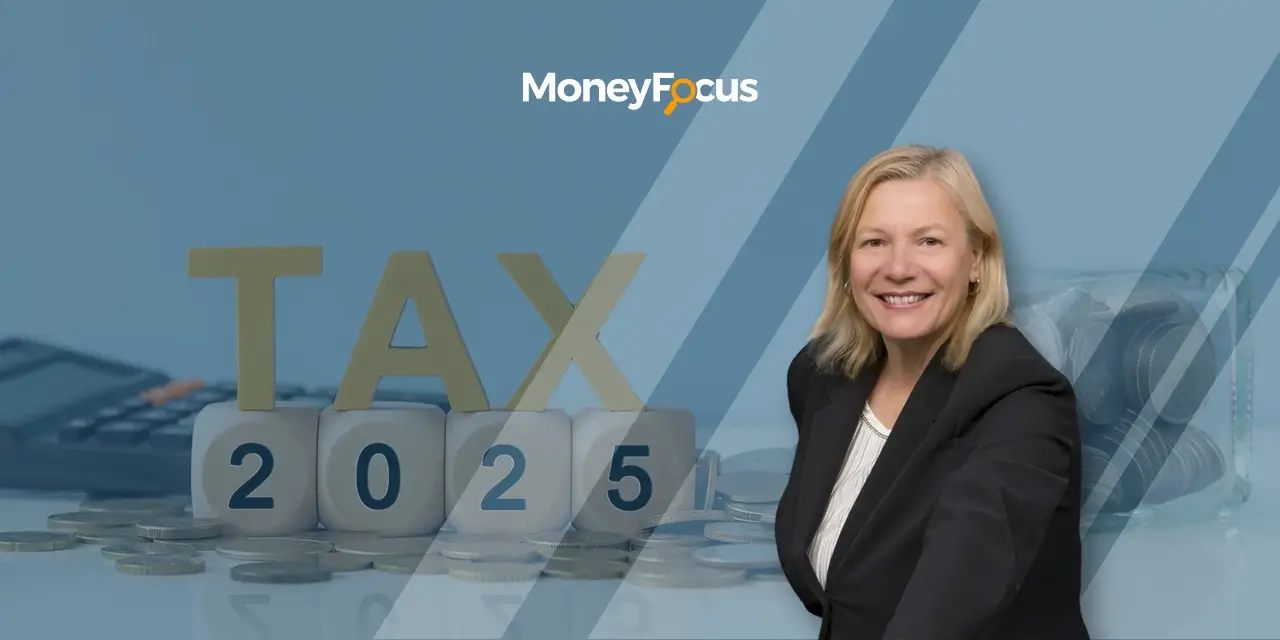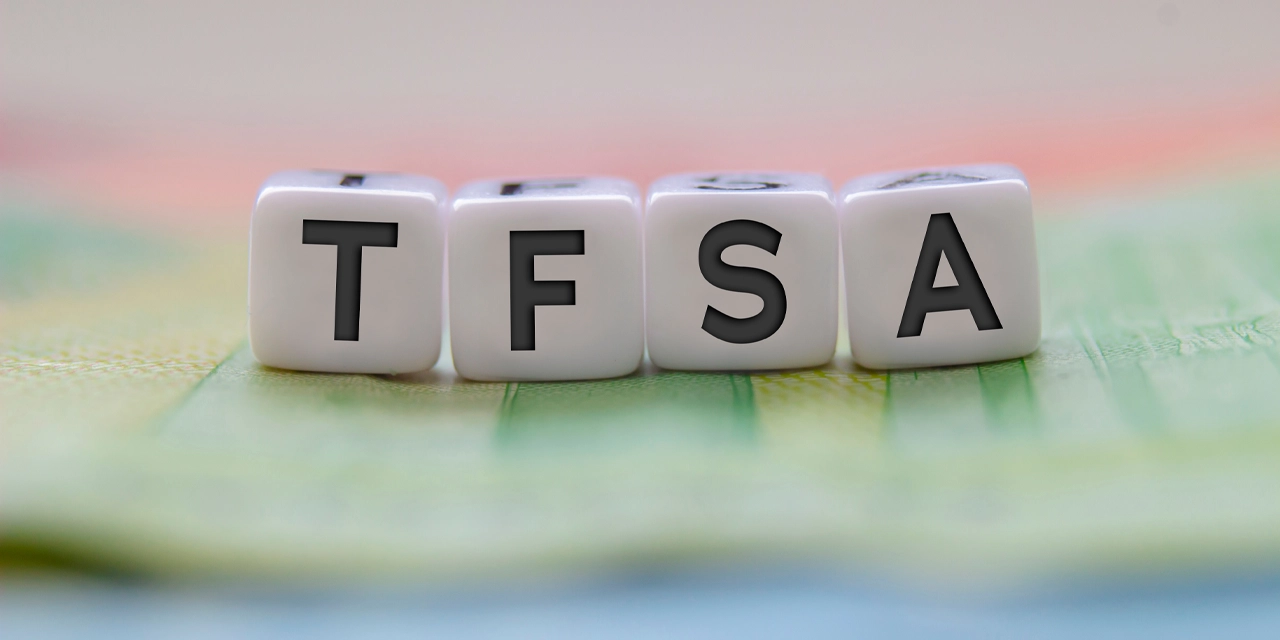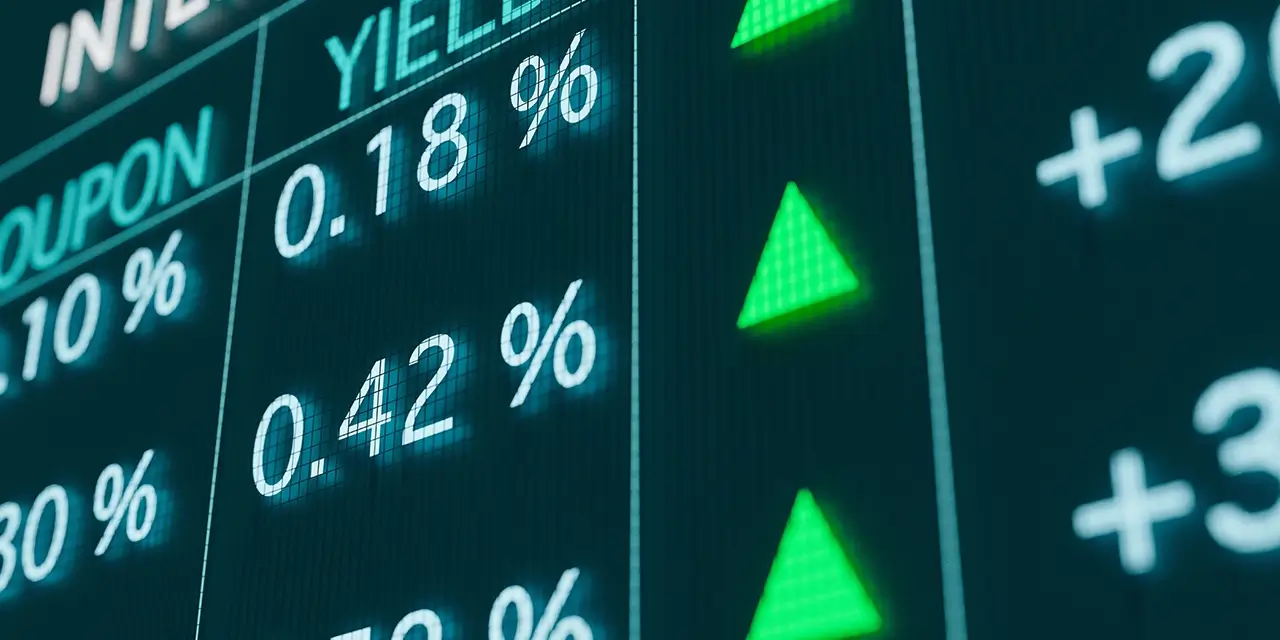By Caroline Grimont
Have I ever told you how much I used to hate tax season? Early in my career, I never knew how to properly file taxes, or indeed, what and how to claim. With the hubris of youth, I tended to do it all myself, and more than once, I ended up owing the government money in unpaid taxes. Again, this was early on in my career, so I earned a lot less – which meant that money owing came at the expense of all the other things I wanted to do, like travel, go to restaurants, drink.
Eventually, realization dawned, and I hired someone to help me. Now, I nearly never end up owing, and I often get a refund. This is a large part of why, in my first sentence, I said I ‘used to hate’ tax season. Now, thanks to my tax refund, I spend a few weeks pleasurably thinking about this nice lump sum that will soon hit my account. This dopamine hit of ‘free money’ certainly feels good but it would be wise to remember that this is not, actually, free money.
What is a Tax Refund?
A tax refund simply means that you’ve overpaid the government. Every year, if you have ended up paying more income tax than you owe during the year, after you file your tax returns, the Canada Revenue Agency (CRA) sends that excess back to you.
Still, it’s a nice feeling to see that money hit your account – I certainly like it a lot. But once it comes in, the main question is what you should do with it. Here are some suggestions.
Pay Off High Interest Debt.
As the Ontario Securities Commission’s Get Smarter About Money website puts it, “Debt can be a useful financial tool. Loans can help you buy a car or a home. And if you use credit cards, you can sometimes collect other benefits like travel miles or points you can spend. However, too much debt can make it difficult to save money and limit your financial options now and in the future.”
There is good debt – that helps you build up, like a mortgage, or a student loan to enhance your career. And then there is bad debt – these usually come with exorbitant interest rates, or has accrued for a reason that doesn’t lead to long-term gain, like a sudden vacation. A lot of credit card debt sometimes falls into the bad-debt category, especially if it comes with a high interest rate of upwards of 20%.
The Bank of Canada’s 2024 Financial Stability Report found that households have increased their reliance on credit card debt. “Research by Bank staff finds that households relying on credit cards to finance spending are more likely to experience financial stress in the future. In particular, borrowers without a mortgage who carry a credit card balance of at least 80% of their credit limit are significantly more likely to miss a future debt payment.”
Remember, debt repayment comes at the cost of spending that money somewhere else, like investing in yourself, or in your future. So if you have high interest debt, or bad debt, the sooner you pay it off, the sooner you can use your money to grow yourself, your savings, and your future. In these circumstances, paying off high interest debt with your tax refund could potentially be a smart thing to do.
Start, or Build, Your Emergency Fund
In my very first column, I talked about the importance of an emergency fund. As I’d said then, a good starting point is 3-6 months of income. For someone self-employed, or with higher and more fluid expenses, the emergency fund would likely need to be higher, perhaps even up to a year of income. But if you have very low expenses, you might be able to get away with just 3 months of income of an emergency fund.
If you’re starting from scratch, or if you have some ways to go before your emergency fund is fully funded, your tax refund might be a good place to raid to top it up. And remember, it makes sense to hold your emergency fund in cash, or a cash-equivalent fund like TBIL, where you have near instant access to it.
Save for the Future
You know one way to get an even bigger refund next year? Maximise your deductions, where possible. This means, reducing your taxable income as much as you can, which means you will end up paying much less income tax. You can do this by taking advantage of all the deductions the CRA allows, so that you can deduct these expenses from your overall income, and thereby reduce the amount of tax you pay.
One of the most common ways to do this? Contribute to your Registered Retirement Savings Plan, or RRSP. As I’d explained in my column on RRSPs vs TFSAs (Tax Free Savings Accounts,) there are a few circumstances in which contributing to your RRSP might be better than a TFSA. Two of these are:
- You are in a high tax bracket in the current year, and expect that in the future, or in retirement, your tax bracket will be lower, and
- You need a lower taxable income. Since your RRSP contributions can help with reducing your taxable income in the present, you could potentially reduce the amount you need to pay in taxes.
You can use your refund of today, to get a refund next year, and in the meanwhile, earn some income and growth in the interim!
Anxious About Current Market Conditions? Read This.
I don’t know about you, but the whipsawing market in 2025 has given me some anxiety. But if it makes you (and me) feel better, market downturns don’t last forever. That means that this too shall pass, and so, it makes sense to not panic, and stay invested, because if you withdraw all of your money now, you could miss out on future gains.
Remember, as we said in a previous note, volatility is a normal short-term market behaviour that could result in fluctuations in the value of your investment, while risk, on the other hand, is directly linked to the probability of losing money. The amount of risk you can tolerate is based on the degree of change in your investments that you can comfortably withstand during varying market conditions. Read more about risk here.
Where to Invest Right Now?
Remember that diversification is the only “free lunch” in investing. If you’re diversified, you’re spreading your risk around, and not all your eggs are in one basket. When one stock, or sector, falls, another rises, and thus, your portfolio is steadier than if you had all your money invested in a single stock or sector.
But how are you to know what the best diversification strategy is? Luckily for investors, a lot of the guesswork is taken out of the equation with asset allocation funds, or asset allocation ETFs (exchange traded funds) which are one-stop-shop investments that give you diversification within a single ETF. These ETFs automatically rebalance, which means that you don’t need to do any of the maintenance yourself.
Harvest ETFs offers a few asset allocation strategies for an investor to consider. Here are two:
- The Harvest Balanced Income & Growth ETF: HBIG is a 60/40 equity/fixed income portfolio that offers high monthly cash flows from covered calls. The ETF is a diversified offering that invests in high quality large-cap equities and investment grade bonds with a covered call strategy overlaid.
- The Harvest Diversified Equity Income ETF: HRIF is a diversified core equity income solution that offers investors exposure to leading large-cap companies and long-term growth trends, with a covered call strategy to provide regular income.
Disclaimer
Commissions, management fees and expenses all may be associated with investing in Harvest Exchange Traded Funds (managed by Harvest Portfolios Group Inc.) Please read the relevant prospectus before investing. This article is meant to provide general information for educational purposes. Any security or investment mentioned herein is for illustration purposes and should not be taken as an invitation to purchase or sell such security or investment. The content of this article should not be construed as investment advice. Tax, investment and all other decisions should be made with guidance from a qualified professional.











